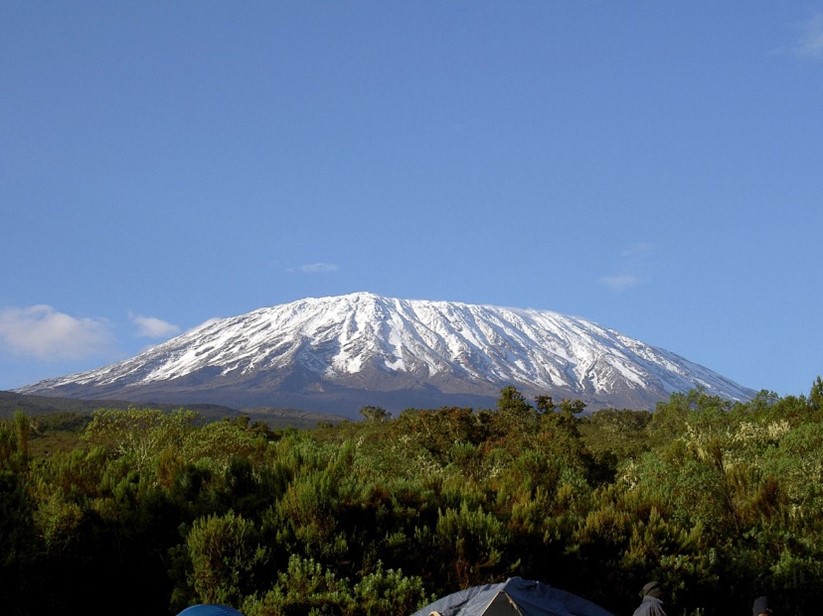"Kalandtanulás" túra gyerekeknek és felnőttek részére Tanzániában
A 7 napos út célja, hogy a résztvevők tapasztalatot, tudást és élményeket gyűjtsenek az Indiai-óceán élővilágával kapcsolatosan úgy, hogy aktívan bekapcsolódnak egy-egy természetvédelmi projektbe: korall óvodát építenek, mangrovet telepítenek, cetcápákkal úsznak, dzsungeltúráznak és érdekes információkhoz jutnak tengerbiológusaink segítségével.
Dátum:
a jelentkezések függvényében indítjuk a túrákat 2025. november és 2026 február között folyamatosan
FAKULTATÍV program: 3 napos Szafari&Kilimandzsáró túra
Helyszín: Tanzánia, Mafia sziget – Kitu Kiblu Beach Houses és Chole Mjini Treehouses
Ellátás: reggeli-ebéd-vacsora
Utazás: repülővel - Dar es Salaam – Mafia Island


A Kitu Kiblu Beach Houses és Chole Mjini Treehouses
A két táborhely különböző szigeteken található: Mafia szigetén, illetve Chole-n. A két szállás kb.30 km távolságra van egymástól.
Dzsungelben és majomkenyérfákon elhelyezkedő házak lesznek a szállásaink. A házak közvetlenül a tengerparton találhatók. Kényelmes és igazán vadregényes a hely, hiszen majmokkal, varánuszokkal, madarakkal és egyéb egzotikus állatokkal fogunk együtt lakni.
Képek – KITU KIBLU Beach Houses


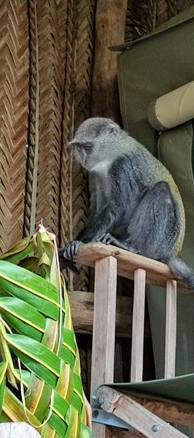
Képek – CHOLE MJINI Treehouses
Mindkét szálláshely a fenntarthatóság jegyében üzemel.
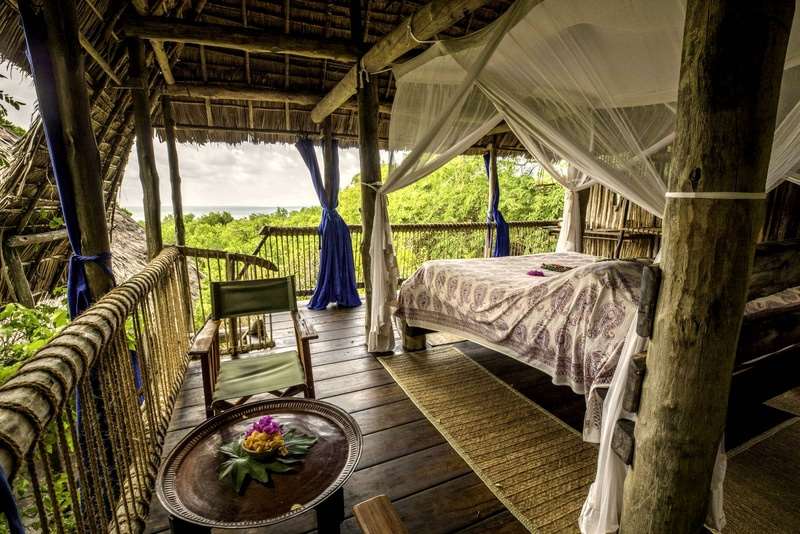
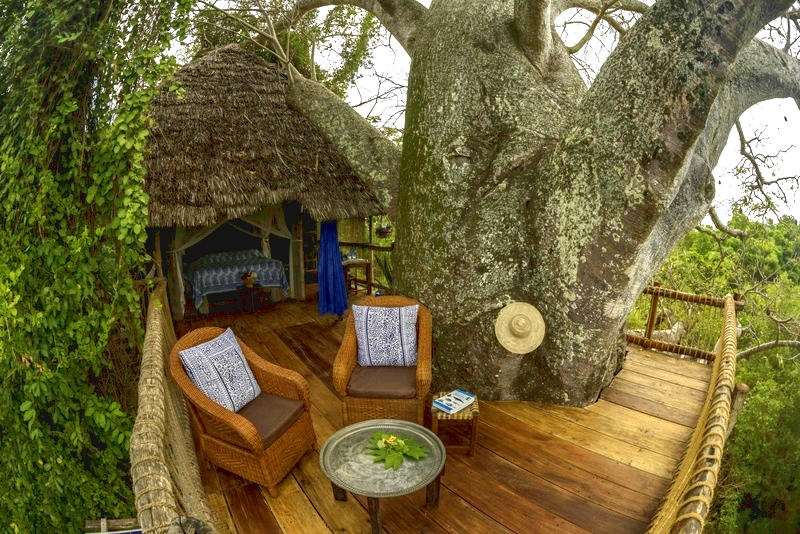

Programok
Utunk fókuszában a környezetvédelem, azon belül is a tenger élővilágának megismerése és védelme áll. A helyi halászok robbantásos halászattal jutnak élelemhez és megélhetéshez. Ez azt jelenti, hogy dinamittal halásznak, ami nem csak a kifogott halakat öli meg, de a tenger minden más élőlényét is. Így a korallzátony teljesen elpusztul!
korallmentés
A szigeten Jean de Villiers professzor korallmentő projektjébe kapcsolódhatunk be. A sérült korallokat csapatunk búvárai szedik össze. A hajón a korallokat kis darabokra törjük, majd a helyi asszonyok által kókuszrostból font kötélre rögzítjük. Ezeket a kis koralldarabokat viszik le búváraink a korallóvodákba. Aki nem merül palackkal, az a felszínen úszva (sznorkellel) nézheti a munkálatokat. A korallok a víz alatti nemzeti park védett szakaszán növekednek, míg a szakemberek a végső helyükre nem helyezik őket. Így új, egészséges korallzátonyok keletkeznek, melyek élőhelyet biztosítanak más tengeri fajok számára.
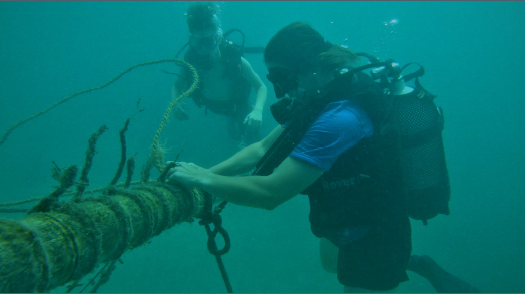
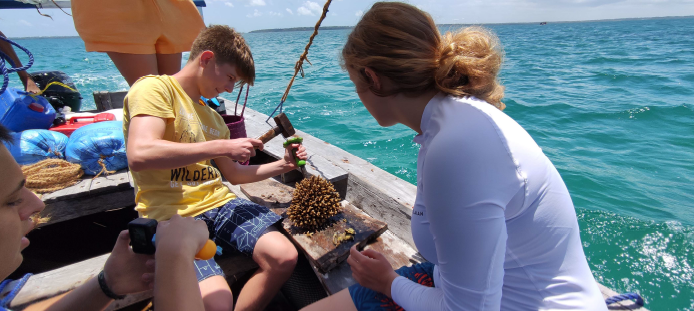
A kalandtúra résztvevőinek feladata minél több korall telepítése. Ott tartózkodásunk alatt Jean megtanítja a fiatalokat a szabadtüdős merülésre, hiszen a korall óvoda 2-3 méter mélyen található. A fiatalok megismerkednek kölönböző zátonyépítő korallfajokkal és a korall telepítés módszereivel.
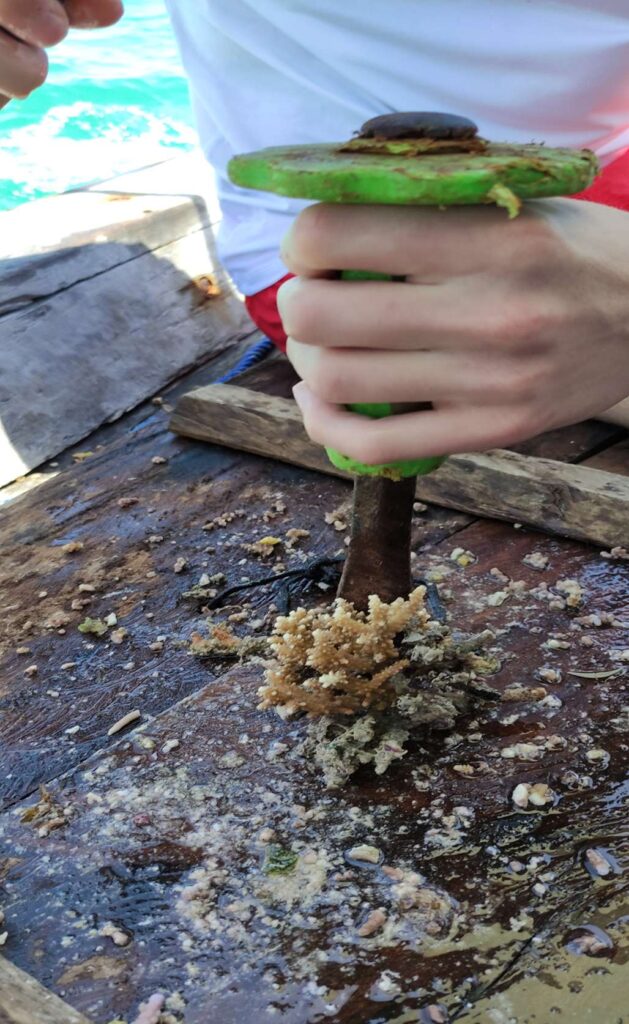
Szakmai előadások
Szeretnénk a fiatalok tudását gazdagítani, így egy-egy délután alkalmával szakmai előadást hallgathatnak meg a projekt tengerbiológusaitól. (korallzátony ökológia, oceanográfia, mangrove ökológia, klímavédelem)
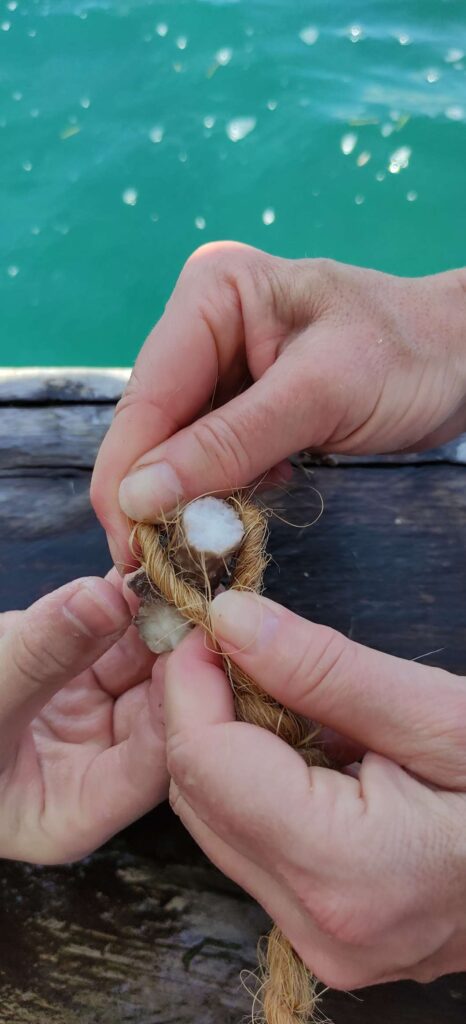
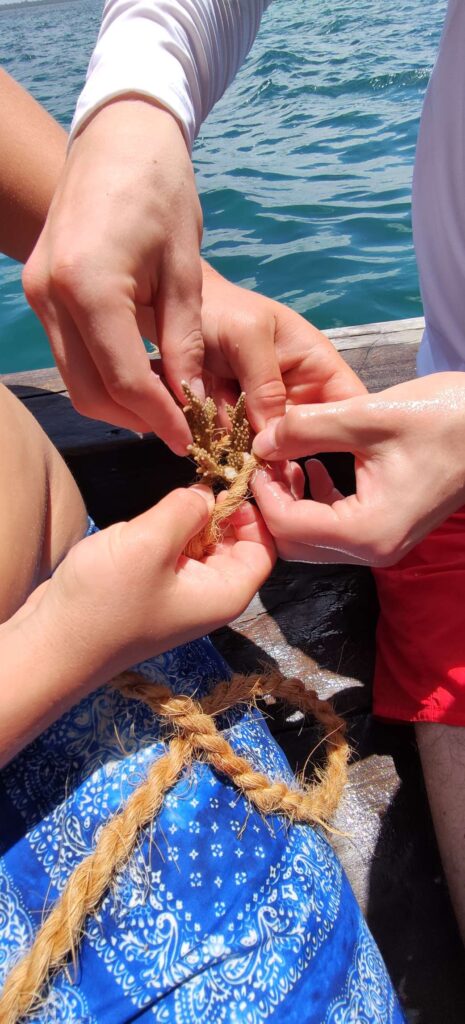
Egyéb programok:
Sznorkelezés cetcápákkal
A cetcápa (Rhincodon typus) a világ legnagyobb hala, hossza meghaladja a 20 métert. Látványos méretük ellenére nagyon szelídek, és nem bántják az embert.
A cetcápákkal vonulási időszaktól függően találkozhatunk Mafia sziget nyugati részén. Biológiájukról és védelmükről tudhatunk meg érdekes információkat. A velük való úszás életre szóló élmény lesz.
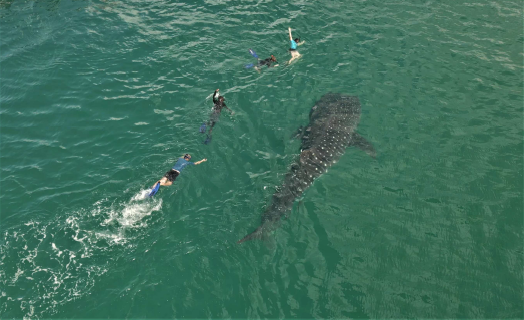

Juani sziget és Blue lagoon túra
Juani szigetet egy dhow vitorlással (klasszikus arab vitorláshajó) közelítjük meg, ahol a „Blue lagoon” öböl közelében bújik meg egy kis tó. A tóban „upside down” medúzák laknak. Teljesen ártalmatlanok – velük fogunk úszkálni a tóban.

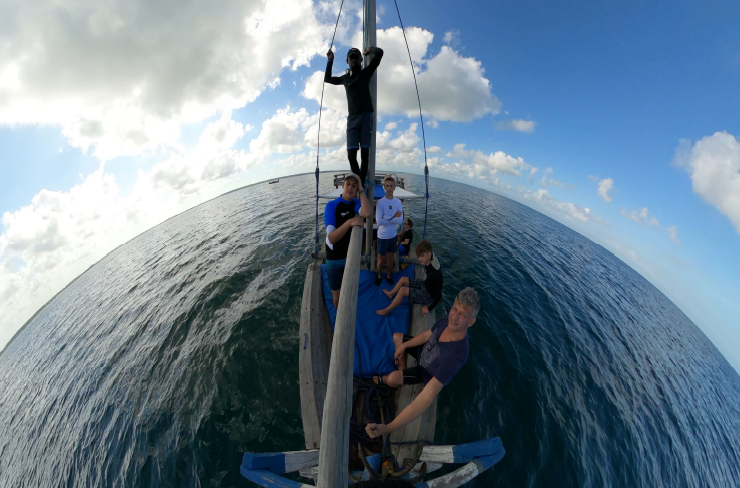
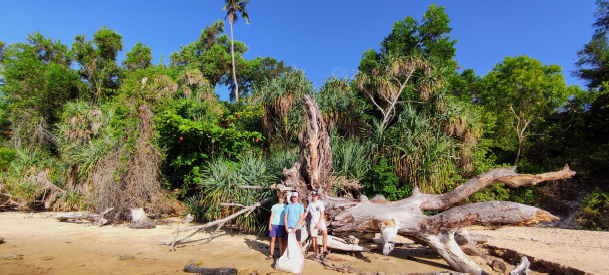
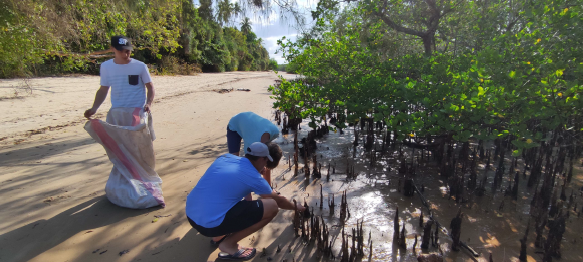
Beach cleaning – szemétszedés a parton
A tengerpartra kimosott műanyag hulladékot fogjuk összegyűjteni egy rövid séta alatt.
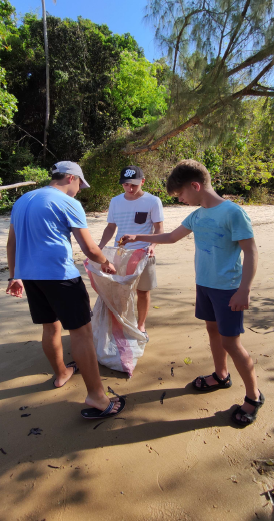
Búvárkodás vagy sznorkelezés a Chole öbölben:
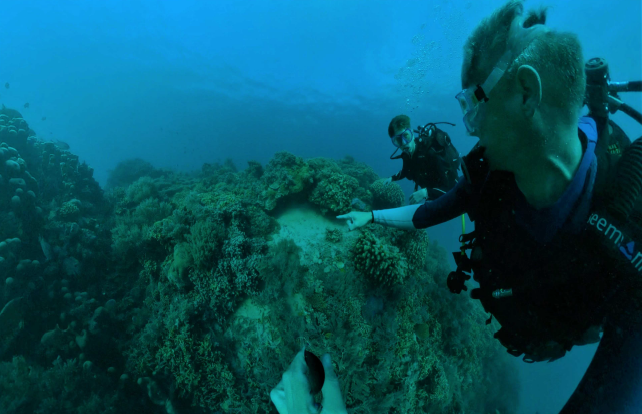

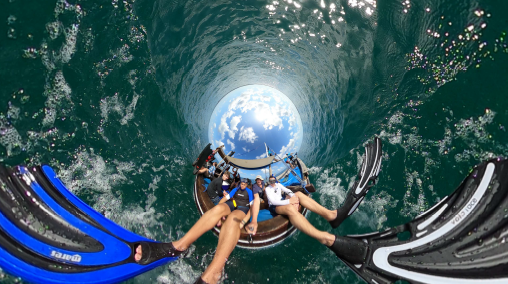
Mangrove ültetés
Az part menti területeken található mangrove ökoszisztémák – melyeket „kék szénnek” is nevezünk - természetes úton csökkentik a légkörben található széndioxid mennyiségét, ezzel csökkentve az üvegházhatást. Ezek a part menti rendszerek, bár sokkal kisebbek, mint bolygónk erdei, mégis sokkal hatékonyabban kötik meg a szenet, és ezt évezredekig tárolják.
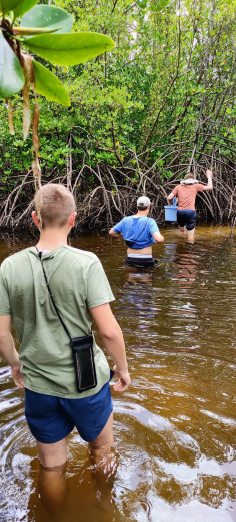


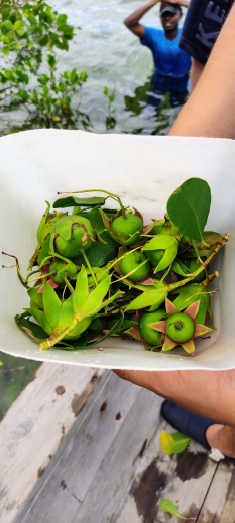
Ras Kisimani beach picnic
Az aprócska szigeten strandolunk és ebédelünk, amíg el nem tűnik alólunk a sziget...🙂

Chole sziget – séta a faluba
Chole sziget régen börtönszigetként
működött, ennek megmaradt épületrészeit
tekinthetjük meg, mely szállásunktól pár perc
sétával elérhető.
Egy helyi nőtől megtudhatjuk, hogyan készít kókuszrostból kötelet, amit a koralliskolában használunk. Megismerjük a helyi lakosokat.
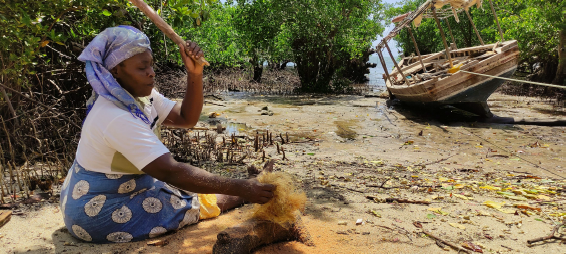
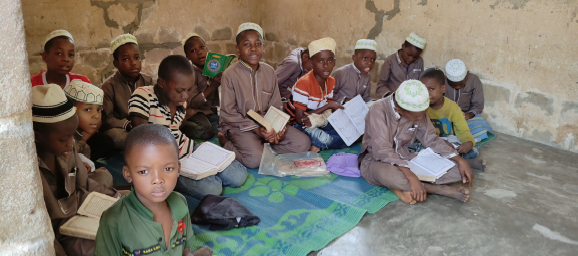
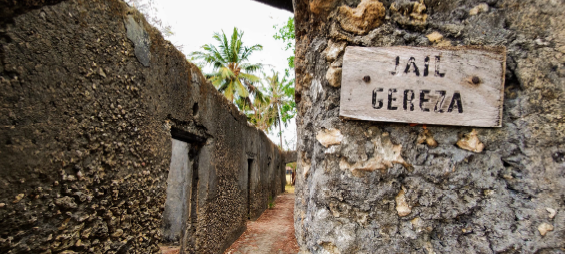
Főzzünk együtt helyi ételeket! – autentikus főzőtanfolyam helyi szakáccsal
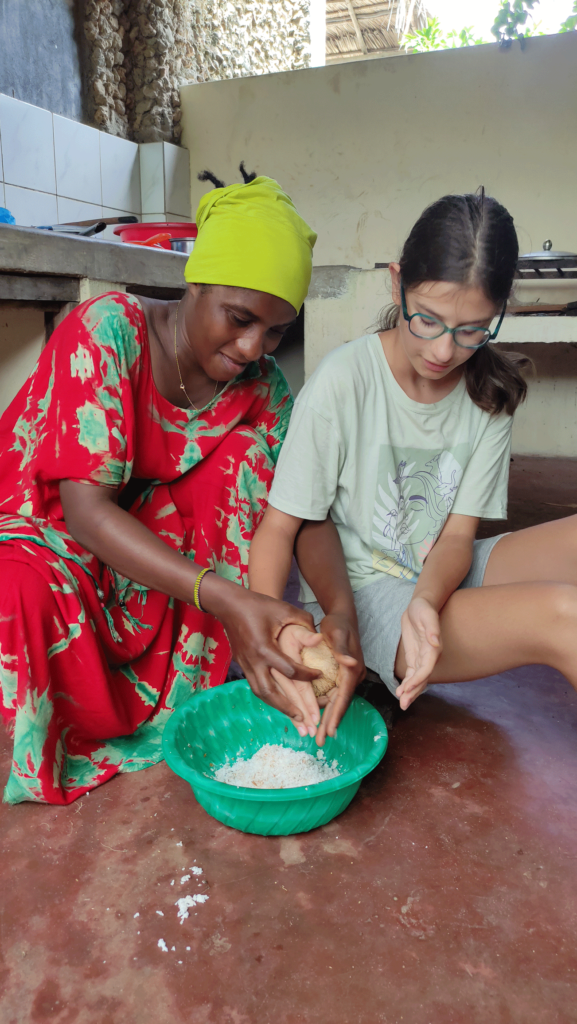
Lehetőség nyílik betekinteni a helyi apró falu lakóinak életébe, hiszen kókuszrostból fonunk majd kötelet, erre fűzzük majd fel a korallokat. Az asszonyok megmutatják nekünk a tanzániai ételek készítésének módját.
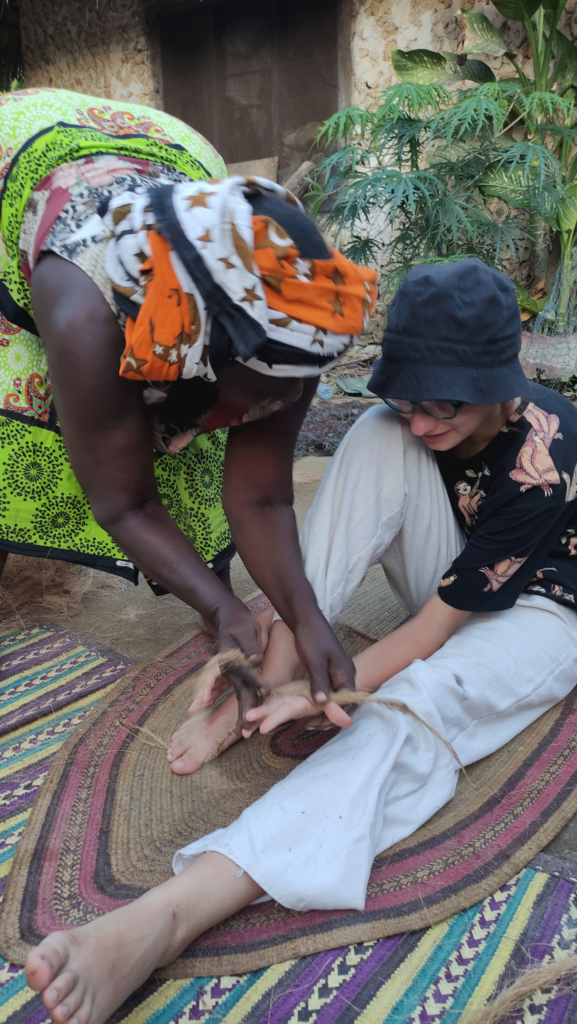
Mange homokpart / Kitutia-zátony
A Mange homokpad a Chole-öböl déli részén található. Ez egy csodásan tiszta, fehér homokfolt, amely csak apály idején látható. Ezt az apró álomfoltot lenyűgöző trópusi zátonyok veszik körül, melyek színes korallokkal és halakkal vannak tele. A Kitutia-zátony apró zátonyhalaknak, homároknak, garnélarákoknak, rákoknak, tengeri csigáknak és murénáknak ad otthont. A tengerfenéken rájákat is láthatunk. Tökéletes mezítlábas luxusélmény!
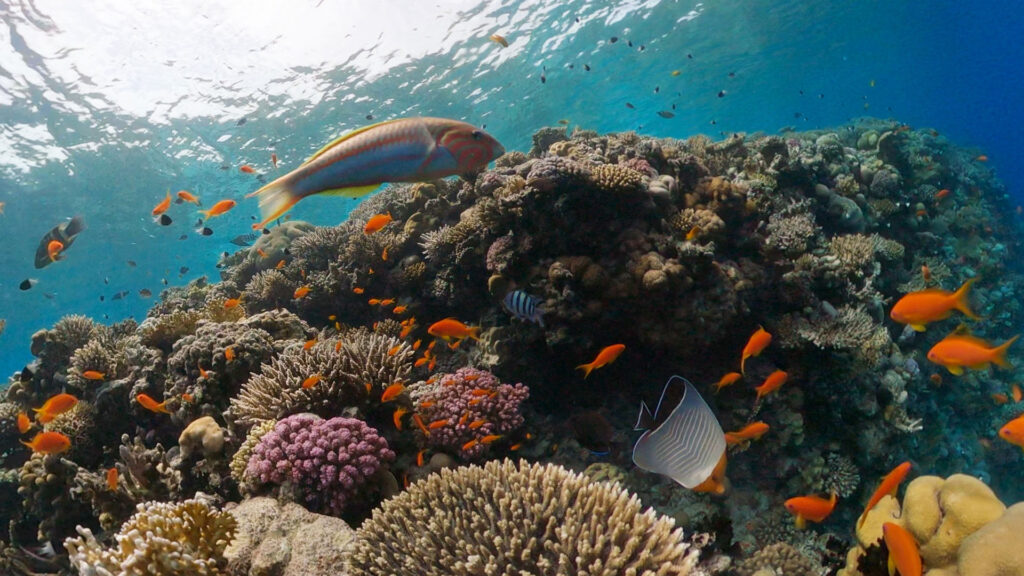
FACULTATIVE programme: 3-day Safari & Kilimanjaro tour
A túra alatt megnézzük Tanzánia szárazföldi csodáit.
Ár: 830 USD mely tartalmazza a 3 napos programot szállással és ellátással.
Első nap – Tarangire: az Elefántok földje.
Indulás Arusha városából a Tarangire Nemzeti Parkba, amely hatalmas elefántcsordáiról és gyönyörű baobab fáiról ismert.
A park bejáratánál történő regisztráció után megkezdődik a szafari. Lehetőségük nyílik arra, hogy megcsodálhassuk a legkülönfélébb vadon élő állatokat, a kisállatoktól a nagyragadozókig, valamint gyönyörködhetünk a park lenyűgöző tájában.
Mielőtt folytatnánk a túrát, megállunk egy piknikező helyen ebédelni. Kb.16:30 körül elhagyjuk a parkot, és elindulunk a szálláshelyünkre, amely a Manyara-tó melletti Mto wa Mbu-ban található, mindössze 1 órányira a nemzeti parktól.
Pihenés és vacsora után itt töltjük az éjszakát.
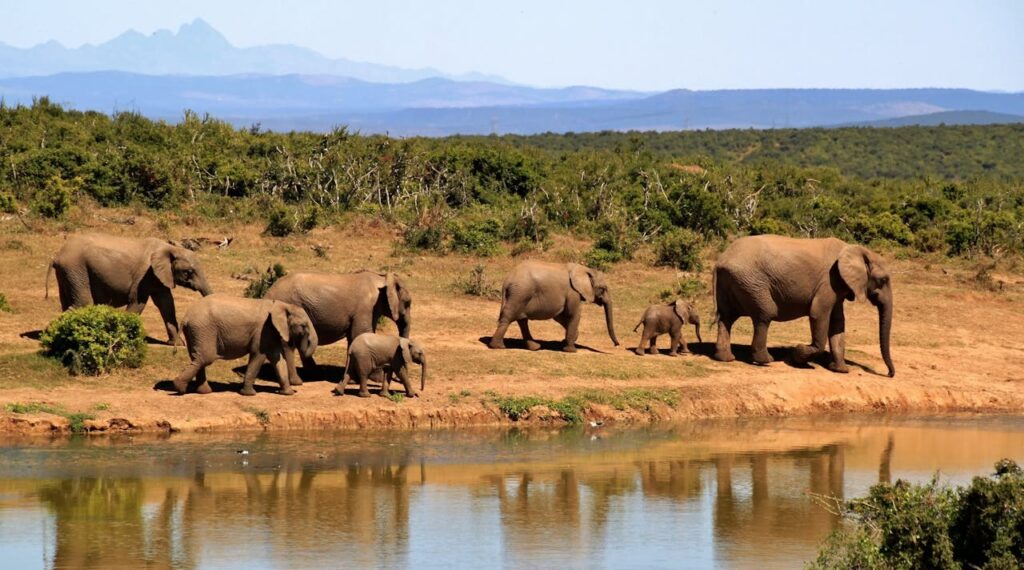
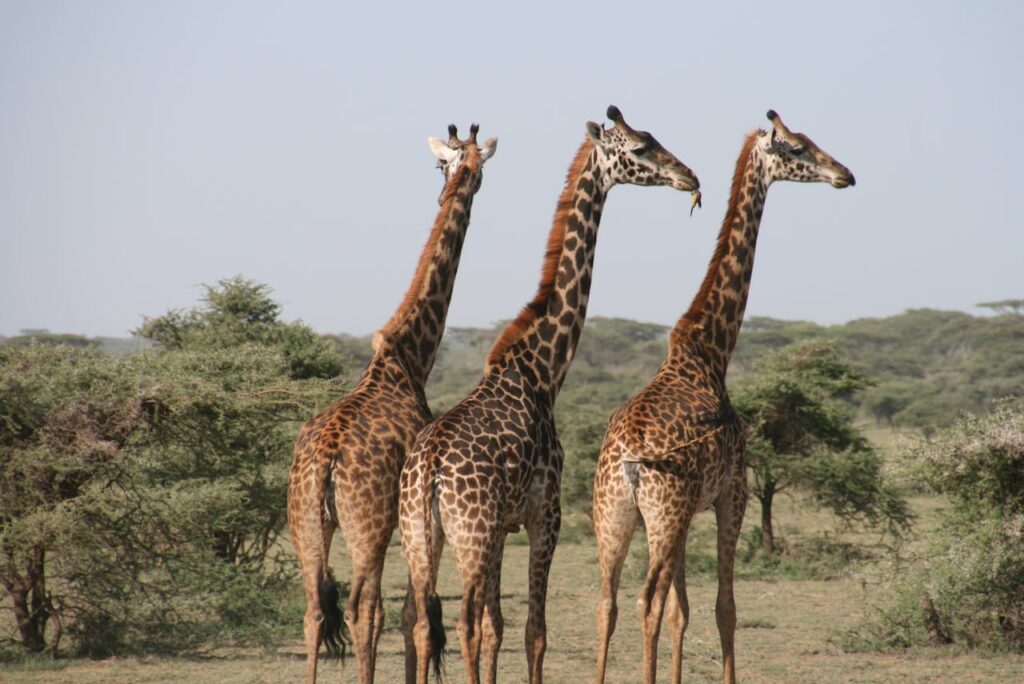
Második nap – A vadvilág és a masai kultúra megismerése.
Helyszín a Ngorongoro kráter. Kora reggel indulunk a Ngorongoro-kráterbe, amely az UNESCO világörökség része és a világ egyik legnagyobb összefüggő kalderája. A kráter sokféle vadon élő állatnak ad otthont, köztük a ritka fekete orrszarvúnak, oroszlánoknak, leopárdoknak, elefántoknak, bölényeknek és még sok más állatnak.
Lehetőségük lesz arra is, hogy szemtanúi legyünk a maszájok és a vadon élő állatok együttélésének a kráterben.
A reggelit egy hangulatos bozótos mellett fogyasztjuk el vízilovakkal teli tavacska mellett.
A délelőtt további részét vadmegfigyeléssel töltjük.
Ezt követően ebédszünetet tartunk, majd tovább utazunk Arushába.
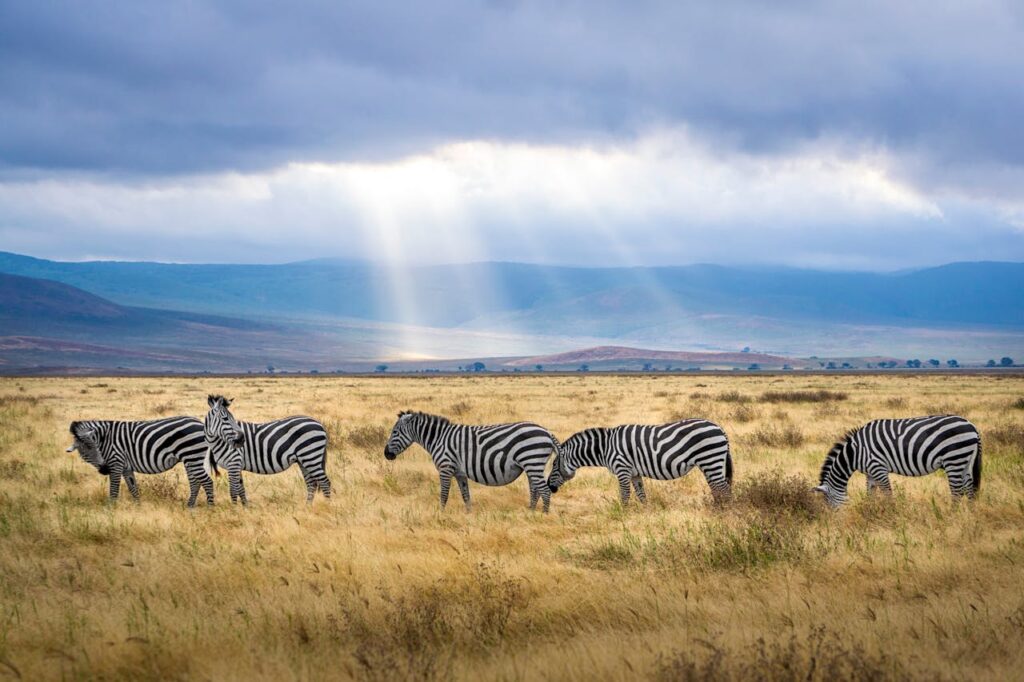

Második nap – A vadvilág és a masai kultúra megismerése.
Helyszín a Ngorongoro kráter. Kora reggel indulunk a Ngorongoro-kráterbe, amely az UNESCO világörökség része és a világ egyik legnagyobb összefüggő kalderája. A kráter sokféle vadon élő állatnak ad otthont, köztük a ritka fekete orrszarvúnak, oroszlánoknak, leopárdoknak, elefántoknak, bölényeknek és még sok más állatnak.
Lehetőségük lesz arra is, hogy szemtanúi legyünk a maszájok és a vadon élő állatok együttélésének a kráterben.
A reggelit egy hangulatos bozótos mellett fogyasztjuk el vízilovakkal teli tavacska mellett.
A délelőtt további részét vadmegfigyeléssel töltjük.
Ezt követően ebédszünetet tartunk, majd tovább utazunk Arushába.
Harmadik nap – Kilimandzsáró meghódítása
Indulás reggel 7:30-kor a szállodától. Innen a Kilimandzsáró kapujáig megyünk, ami kb. egy órát vesz igénybe. Miután megérkeztünk a kapuhoz, amely 1860 m tengerszint feletti magasságban van, megkezdődik a túra a Mandara kunyhóhoz. Miközben az esőerdőn keresztül a Mandara táborhoz sétálunk, lehetőségünk lesz megpillantani fekete és fehér kolobus majmokat, kék majmokat és különböző madárfajokat. Helyi vezető mutatja be a változatos növény- és állatfajokat, amelyeket látni fogunk.
Találkozhatunk a csúcsról leereszkedő hegymászókkal is. A 3-4 órás túra után elérjük a Mandara kunyhót (2700 m), ahol jól megérdemelt pihenőt és ebédet tartunk.
Ezután egy rövid túrával (15 perc gyalogtúra) elérjük a Maundi-hegyet.
Innen csodás kilátás nyílik Észak-Tanzániára és Kenyára. Ezután visszatérünk a Marangu kapuhoz (2-3 óra gyaloglás), ahonnan a repülőtérre megyünk majd.
Emelkedés: 1860 m és 2700 m között. Távolság: 8 km
Túrázási idő: 3-4 óra felfelé / 2-3 óra lefelé.
